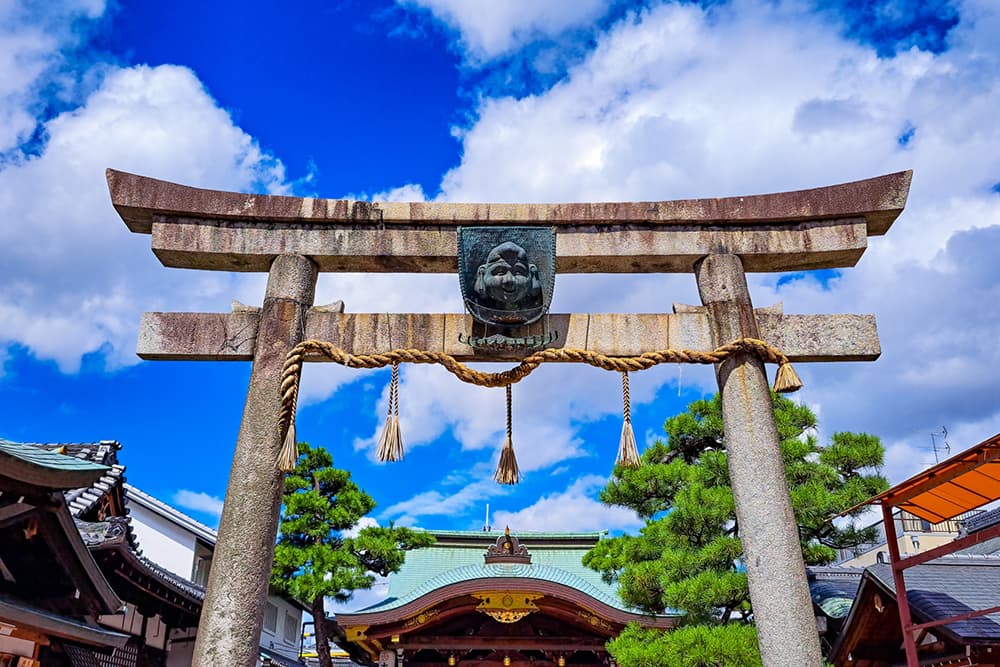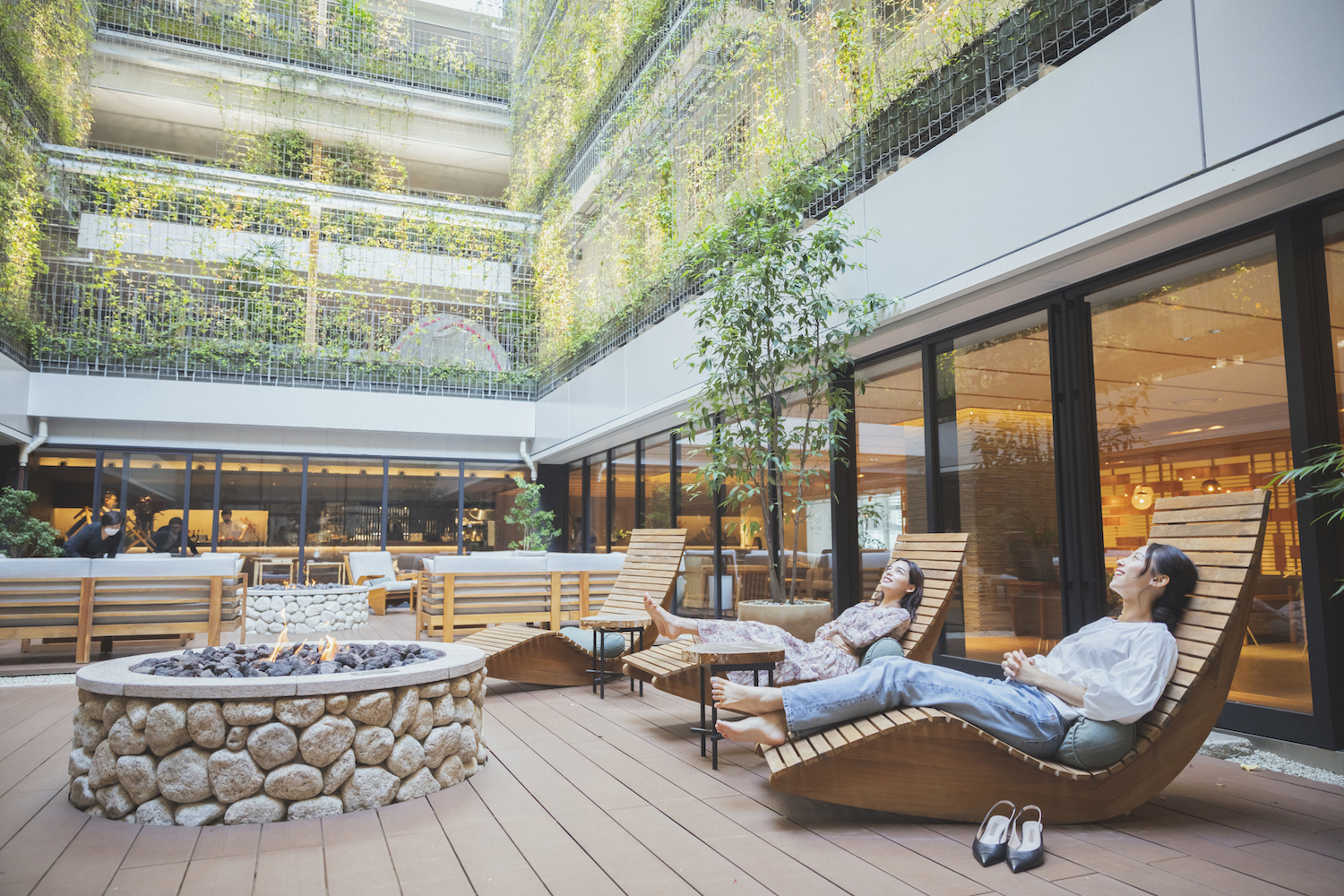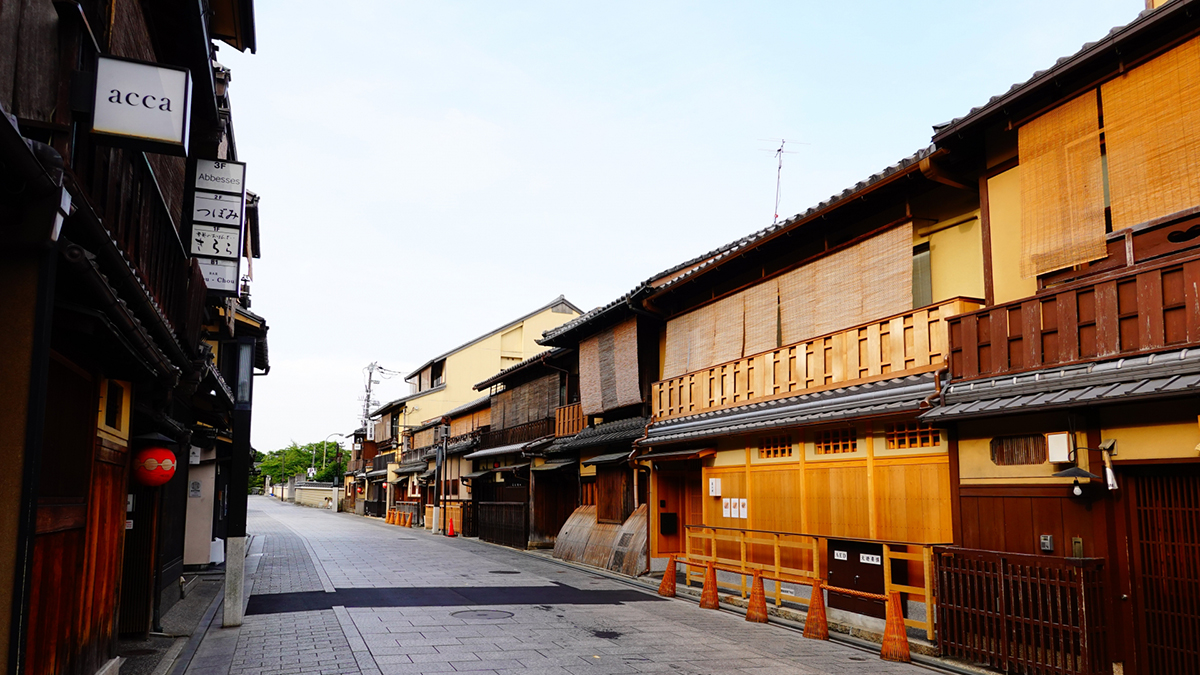2024.04.12
Private Tour JP[Private] KIYOMIZU TOUR

Kiyomizu-dera Temple and Higashiyama Ward Walking tour
- price/head
-
JPY 12,000/head
- Minimum Participants
-
2
- Duration
-
3 hours
- Meeting time/place
-
1:30PM / Good Nature Hotel Lobby (4F)
- Breakup time/place
-
4:30PM / Kiyomizu-dera Saimon(West Gate)
Remarks: Kiyomizu-dera Temple entrance fee is included in the tour price.
This is A REQUEST for a reservation for the tour.
As soon as the guide is confirmed, we will send you an email with payment instructions.
After confirming your payment, we will confirm your reservation.
Tour Detail
From Good Nature Hotel, located next to Gion, we can walk to Kiyomizu-dera Temple, a World Heritage Site and one of the most popular spots in Kyoto. The Higashiyama Ward where Kiyomizu-dera Temple is located still retains many old streets and back alleys, such as Geiko and Maiko district of Miyagawa-cho, where you can feel the atmosphere of traditional Kyoto. Let’s enjoy the abundant nature around Kiyomizu-dera Temple and the spectacular view from the temple’s stage. Licensed interpreter-guide will guide you.
Highlights
- Take you to Kiyomizu-dera Temple, a World Heritage Site and the most popular spot in Kyoto.
- On the way to Kiyomizu-Dera Temple, we will pass through Miyagawa-cho, one of the Geiko and Maiko districts, and back streets where you can feel the history.
- Visit Rokudo Chinno-ji Temple, which is said to be the gateway to the underworld, and learn about the Buddhist concept of reincarnation.
- Pass through Zen temple and Shinto shrine to see beautiful Zen garden and old buildings.
- Enjoy the cityscape of the Higashiyama Ward and the abundant nature of Kiyomizu-dera Temple.
Spot
Miyagawa-cho

Miyagawa-cho is one of Kyoto’s five Geiko and Maiko districts. It is located next to Gion, and is not crowded even during the tourist season because it is a little far from the downtown area. The narrow alleyways are lined with old wooden buildings, and visitors can enjoy the unique atmosphere of Kyoto while walking. Please enjoy the beautiful cobblestone streets and the mysterious ornaments decorating the entrance of traditional buildings. If you are lucky, you may pass by Geiko or Maiko during the tour.
Kyoto Ebisu Shrine

This shrine was built in the early 13th century as a guardian shrine of Kenninji Temple. It is dedicated to “Ebisu” a guardian deity of prosperity, travel safety, and a great catch of fish. Visitors can enjoy the shrine’s architecture and pay their respects in the precincts where there are few tourists. The seven gods of good fortune, including Ebisu, are called the “Seven Gods of Good Fortune”. The belief in the Seven Gods of Good Fortune originated in Kyoto and is still popular today as a folk belief. Of the seven, only Ebisu is an ancient Japanese god, while the other six are from China and India.
Rokudo Chinno-ji Temple

It is believed that this temple stands at the entrance to the underworld. According to legend, Onono Takamura, a 9th century bureaucrat, was able to travel between this world and the next, working at court during the day and serving Enma Daio, a great king of hell, in hell at night. In this temple, there are statues of Enma and Onono Takamura. There is also a well on the temple grounds that Onono Takamura is said to have used to get to Enma.
Kiyomizu-dera Temple

A World Heritage Site, this temple is one of the most popular Buddhist temples in Japan, attracting more than 5 million worshippers annually. It was founded in the late 8th century when a monk practicing asceticism in Nara was told in a dream to “go north to seek a clear spring” and came to this area. The “Kiyomizu-no-butai” (stage of Kiyomizu), which has recently undergone renovation, is made of zelkova wood and is said to have a durability of 300 to 400 years. Kiyomizu-dera Temple continues to plant zelkova trees for the next renovation work and for the protection of nature. This temple is practicing the sustainable concept that has been passed down from generation to generation in Kyoto for over 1200 years. Visitors can enjoy the beautiful architecture and Buddhist statues built at the foot of the mountain in harmony with nature.



